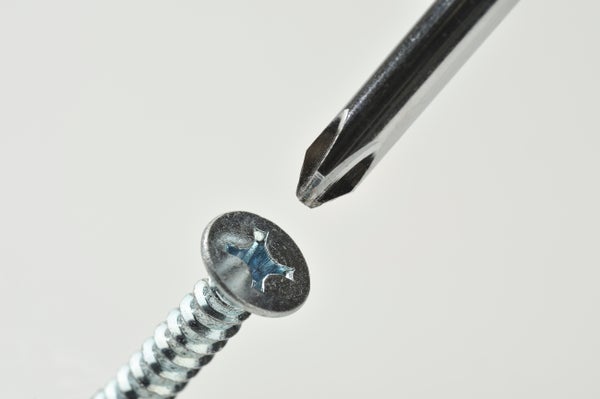This article was published in Scientific American’s former blog network and reflects the views of the author, not necessarily those of Scientific American
Henry James’s gothic ghost tale, The Turn of the Screw, is the quintessential ambiguous story. Readers finish the novella’s final chapter without a definite answer to the question at its core: was the governess haunted by actual specters, or was it all in her imagination?
A theatrical retelling of Henry James’s classic, Strange Window: The Turn of the Screw, by The Builders Association, dispels no doubts, but places illusion science centerstage.
On supporting science journalism
If you're enjoying this article, consider supporting our award-winning journalism by subscribing. By purchasing a subscription you are helping to ensure the future of impactful stories about the discoveries and ideas shaping our world today.
Strange Window: The Turn of the Screw: BAM 2018 Next Wave Festival
The production, at the BAM Harvey Theater through December 15th, seamlessly alternates between Victorian and present times, in a hi-tech contortion of the twisted tale. The play even goes meta at one point, comparing the action onstage to the face-vase illusion, and then to Schrödinger’s Cat. Is it a vase or two faces? You can see it either way. Is the cat dead or alive? It’s simultaneously dead and alive, as long as you don’t open the box and peer inside.
Are the ghosts real or hallucinated?
I first learned in college that the philosopher and psychologist William James was Henry James’s older brother. According to my professor, William James might have been the stronger writer, and Henry James the sharper psychologist. Though the statement was undoubtedly tongue-in-cheek, it is fair to say that each brother was brilliant in his own right, and they both excelled in fields that were not so disconnected as it might appear at first sight.
Disappointingly, the brothers seem to have taken little interest in each other’s endeavors. Their scarce correspondence tended to revolve around family matters—such as the health of their parents—rather than their respective works. In one intriguing letter from 1905, William even seems to want to dissuade Henry from using psychology in his fiction:
“But why won't you, just to please Brother, sit down and write a new book, with no twilight or mustiness in the plot, with great vigor and decisiveness in the action, no fencing in the dialogue, no psychological commentaries, and absolute straightness in the style?” (emphasis mine)
Though it is tempting to interpret William’s admonition as territorial, it is more likely the case that he was offering his best advice to Henry, particularly in light of William’s philosophical and personal pragmatism.
As for William’s thoughts on perceptual alternations, he does touch on the topic of ambiguous figures in his book The Principles of Psychology (volume II, page 254 and on). Yet, according to the psychologist Richard Gregory, “he misses their most interesting phenomena,” such as the apparent reversal of motion in the hollow mask illusion. And he does not seem to connect visual ambiguity (such as in the face-vase illusion) to cognitive uncertainty (such as ghosts that may or may not be conjured up by a governess’s ailing mind).
Yet, recent research developments may have produced the missing link connecting the works of the two James brothers. According a new study by Kevin Ortego and his colleagues at Reed College, the brain produces similar neural signatures when ambiguous images (such as the face-vase illusion) and ambiguous sentences (such as “The chicken is ready to eat”) flip in the mind of an observer. The results of this examination point to a common neural circuit that is related to perceptual flips in bistable syntax and bistable vision, residing in two different parts of the brain.
An analogous “flip” signature could apply to longer ambiguous narratives, such as in Henry James’s classic novella, and it might help explain why equivocal endings remain popular in literature. The slight disquiet we feel from lack of resolution on the page or the stage pales in comparison to the neural acrobatics we enjoy by flipping back and forth between alternate interpretations of the same chain of events. Ambiguous stories stay with us because we are unable to decide.
